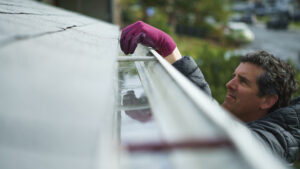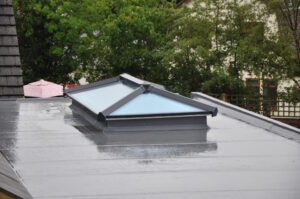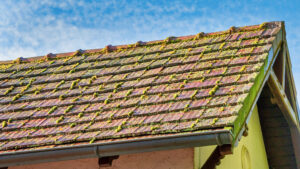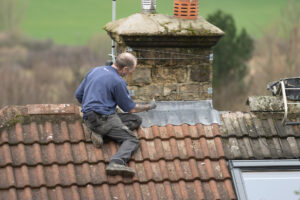Roof flashing is a thin material that helps in waterproofing areas of the roof, especially around those where additional components like chimneys, vents, skylights, etc., are installed. Roof flashing also directs water away from areas where the plane of a roof intersects with a vertical surface, guiding it to flow off in the gutter.
If you believe you have a roof flashing problem, don’t hesitate to call a roofing expert such as WABO in order to take a look. As many Deer Park residents know, WABO offers free inspections and estimates so that you don’t have to risk anything thing in order to see if you’re already at risk.
Types of Roof Flashing
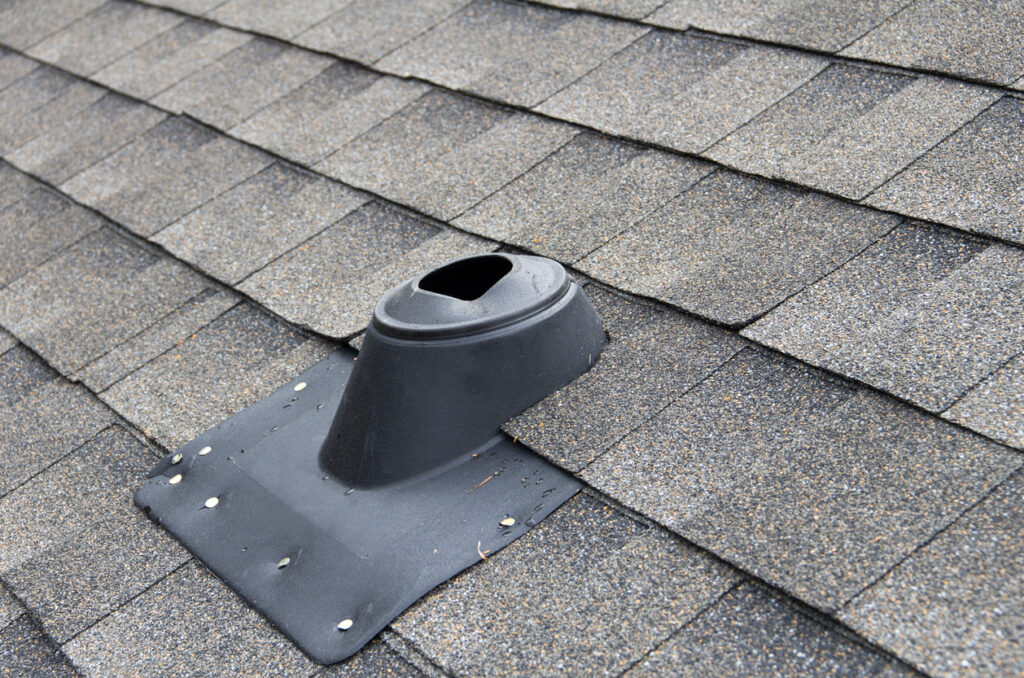
There are different types of roof flashing available, and each one has a different use. They are made from metals such as steel, aluminum, and copper. Here are some of the main types of flashing that you must know about:
Base Flashing
Certain components of the roof, such as the chimney, require several pieces of flashing. This ensures that the rainwater comes in contact with a flashing and is directed off the roof. Installing a flashing around a chimney is not easy and must be done by a professional roofing contractor.
Continuous Flashing
The main purpose of this is to offer waterproofing at the intersection of the roof and a vertical wall. It is also known as apron flashing as it consists of a single, lengthy piece that resembles an apron.
Counter Flashing
Counter flashing is often done with base flashing to safeguard the top edge of the base flashing and create a tight seal.
Valley Flashing
Valley flashing is installed where two different slopes meet. Besides preventing the water from intruding on the roof surface, it also helps prevent debris build-up.
Step Flashing
This flashing can be described as one that overlaps itself and is also referred to as stepped flashing. It is installed in roof-to-side wall flashing. Several layers of flashing are installed in a layered form along with shingles to prevent the water from intruding. It guides the water away from the wall.
Cap Flashing
Cap flashing is also a great option to install around chimneys. They are installed in a way that they overlap another flashing.
Drip Edges
Drip edges are installed on the roof’s edge and prevent water from getting to the fascia.
Vent Pipe Flashing
Roof vent pipes or similar ventilation pipes are protected with the help of vent pipe flashing.
Some Important Measures Taken to Ensure Proper Roof Flashing:

Following the Building Codes
Certain building codes need to be followed by the locals or residents of the area. This may involve using specific materials and types of flashing. The flashing should be purchased following these rules to ensure safety and adherence.
Accurate Measurements
To guarantee a correct fit and full coverage of vulnerable locations such as roof transitions, valleys, chimneys, and skylights, precise measurements of the places where the flashing will be installed need to be taken. The tape or laser method should be used to determine the area’s measurements. To account for any potential variations in size over time, consider the expansion and contraction of materials that may happen because of temperature changes.
Flashing Should be Compatible with Roofing Material
The roof flashing material should be compatible with the roofing material that was employed in the making of the building. Consider the characteristics of both materials, their rates of expansion and contraction, and their ability to withstand changes in temperature, moisture, and UV radiation. Make sure that there are no chemical reactions or galvanic corrosion between the flashing and roofing materials, as it could compromise the structural integrity of either material.
Use Good Quality Materials
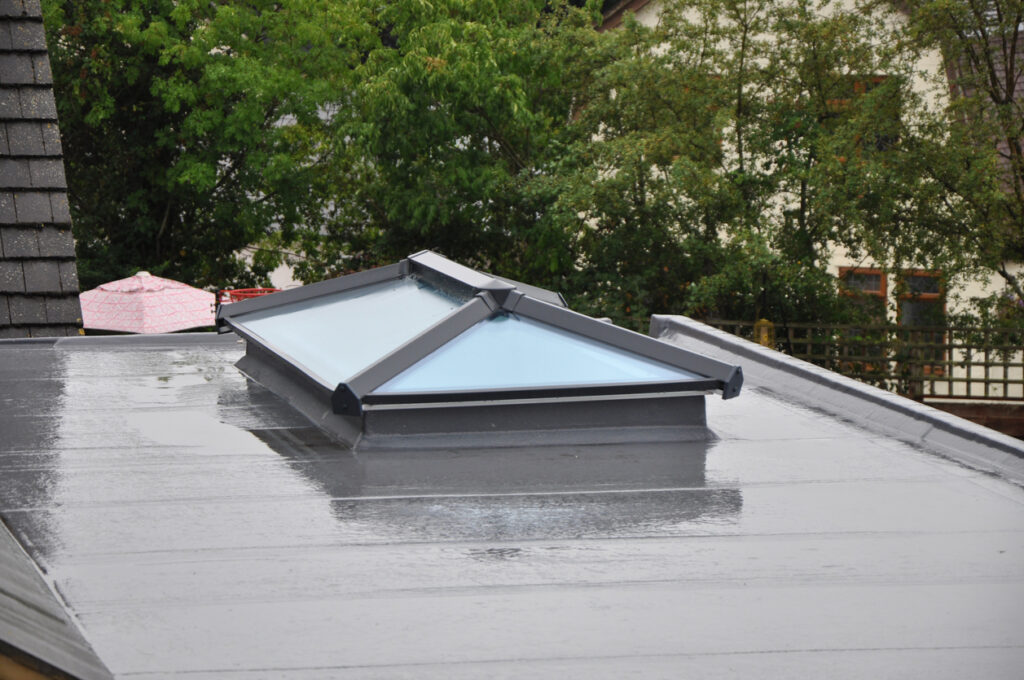
Give priority to flashing materials that have undergone testing and been certified for use in various environmental settings, ensuring they can tolerate exposure to UV radiation, temperature changes, and other factors. It is wise to invest in good quality materials as they help protect the structure of the roofing system. Ensure the roof flashing offers a certain guarantee or warranty on corrosion, rust, and degradation.
Correct Overlapping
The flashing parts should be installed according to the manufacturer’s instructions or as per set industry standards. The overlapping parts should be installed in a way that they create a flawless barrier and keep the water from intruding on the roof. The slopes and angles of the roof should be taken into account, and all openings should be closed carefully so that the water doesn’t get in. The overlaps should be large so the water easily glides off without seeping in.
Watertight Seal
A high-quality, weather-resistant seal or roofing cement should be applied over the flashing’s edges and gaps to form a strong barrier that successfully stops water from seeping in. The sealant should be compatible with the roofing surface and the flashing material. It should be generously applied evenly to fill in any gaps or openings that would jeopardize the integrity of the flashing. The sealants that you choose should last for a long and should be able to endure different weather conditions without breaking down or deteriorating. This will ensure that your roofing structure is protected from moisture-related damages.
Flashing Should be Secure
The roof flashing should be properly fastened to the roof structure with the help of fasteners. They should be corrosion-resistant screws or nails made specifically for roofing applications. Also, adhesives that are compatible with the roofing surface and the flashing material must be used for a strong bond. For an extra layer of protection against water infiltration and possible damage, weather-resistant caulking or sealants around the adhesive edges or fastener areas should be used.
Professional Roofing Contractors
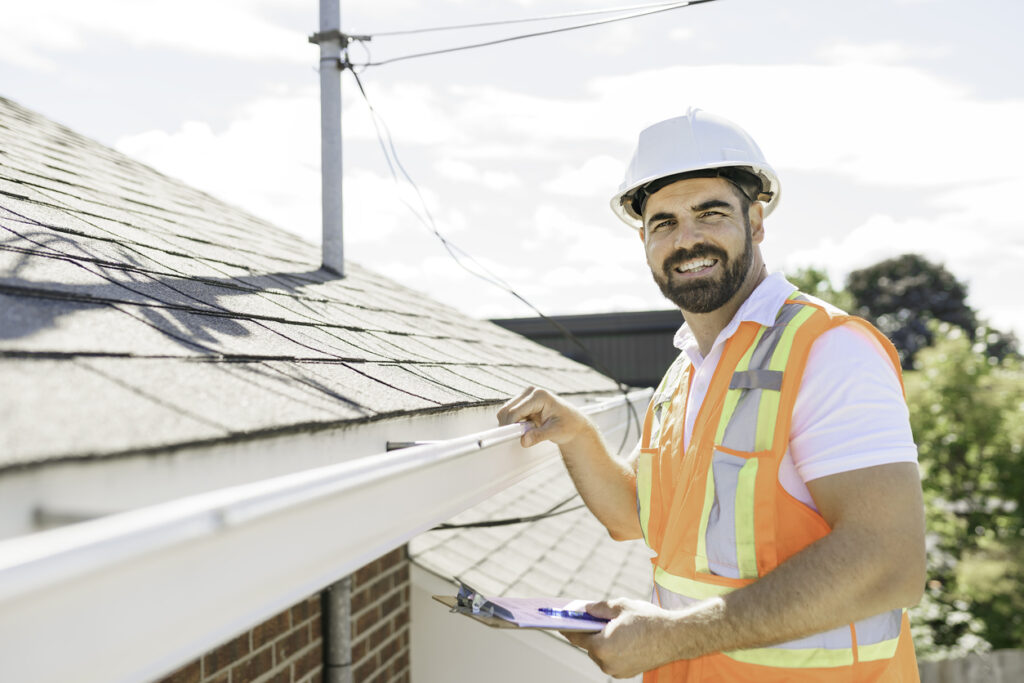
To ensure that the roof flashing has been installed correctly, you must always have the job done by professionals. WABO Roofing is your friendly roofing contractor, and we will provide you with all types of roofing jobs. We have a team of skilled professionals who are experienced in performing roofing jobs. We take care of both residential and commercial roofing jobs.

